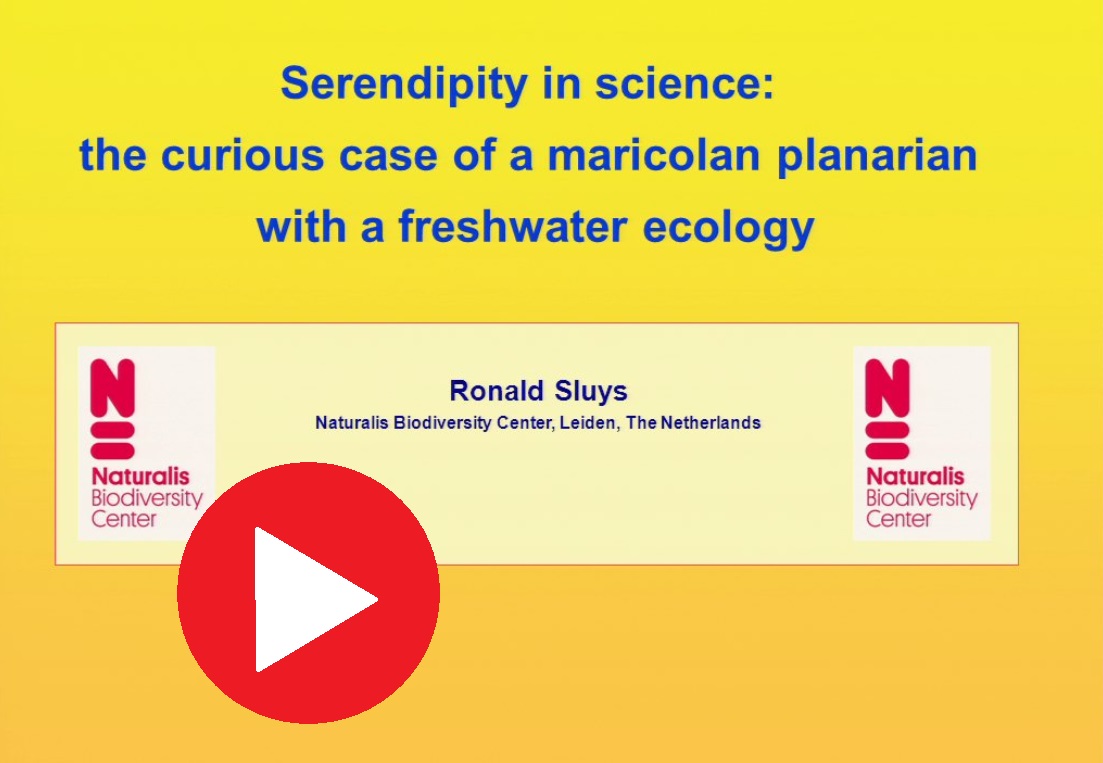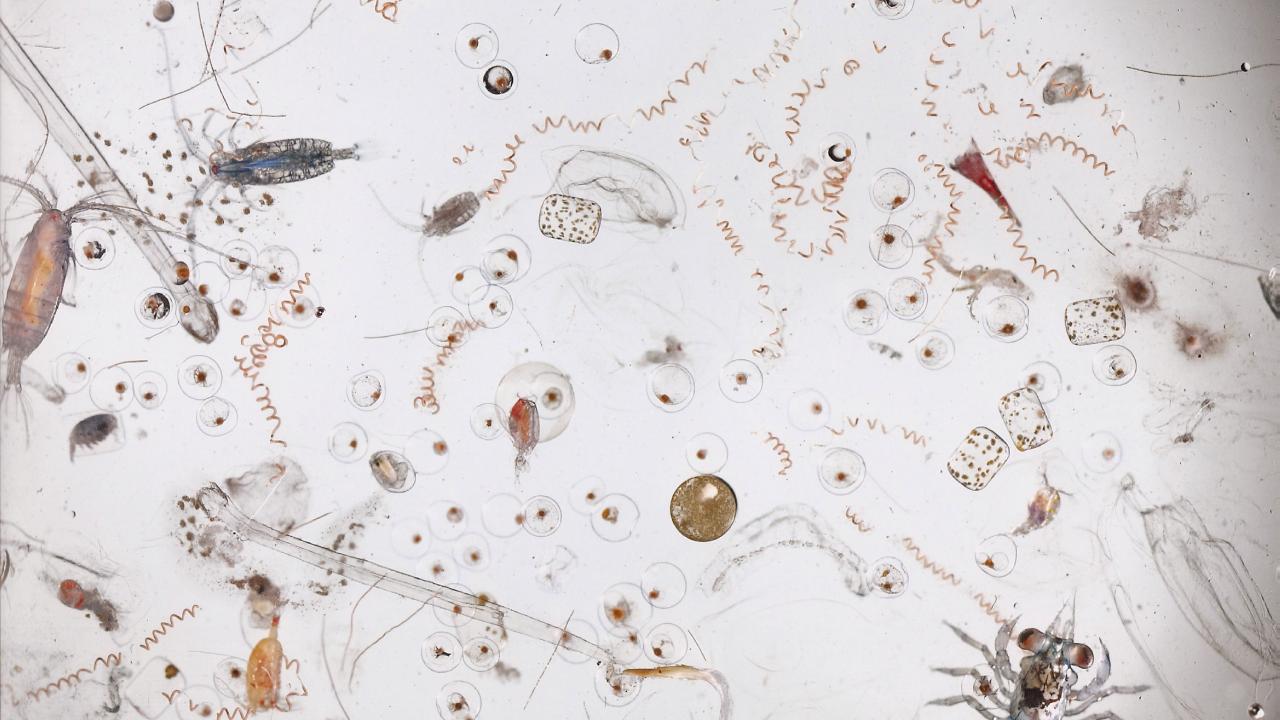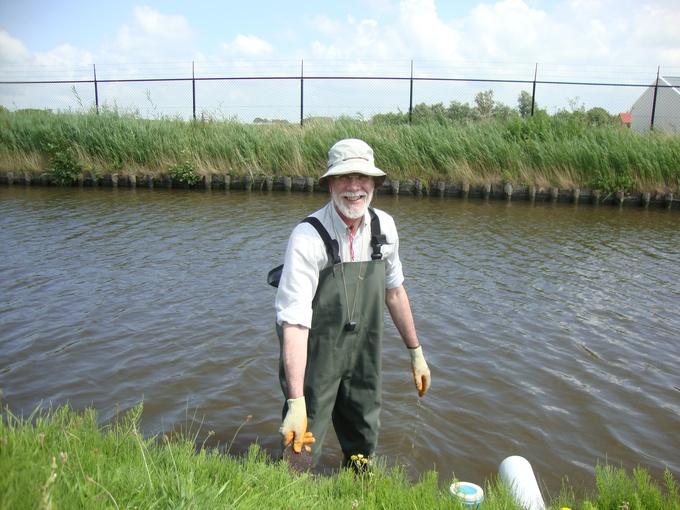
"I wish to contribute to our knowledge on the world-wide taxic biodiversity and evolution of freshwater, marine and terrestrial planarians (Platyhelminthes, Tricladida).”
Keywords
biogeography, biodiversity, platyhelminthes, systematics, taxonomy, tricladida
Researchinterest
In general I wish to contribute to our knowledge on the world-wide taxic biodiversity and evolution of freshwater, marine and terrestrial planarians (Platyhelminthes, Tricladida).
The geographic scale of my research is generally global or at least concerns major parts of the globe. Assessments of global biodiversity hotspots are biased in that the less charismatic invertebrates, such as flatworms, are generally neglected, although invertebrates form the major component of biodiversity.
Although this is interesting in itself, these animals may also be good model organisms to study terrestrialization during evolution. The terrestrialization of animal life from marine or freshwater ancestors is a key transition during the history of life. Planarian flatworms (Platyhelminthes, Tricladida) form an ideal group of model organisms to study this colonization of the land because they have freshwater, marine, and terrestrial representatives.
The methodology concerns an integrative approach to taxonomy, systematics and phylogenetics, mostly combining morphology/anatomy with molecular characters.
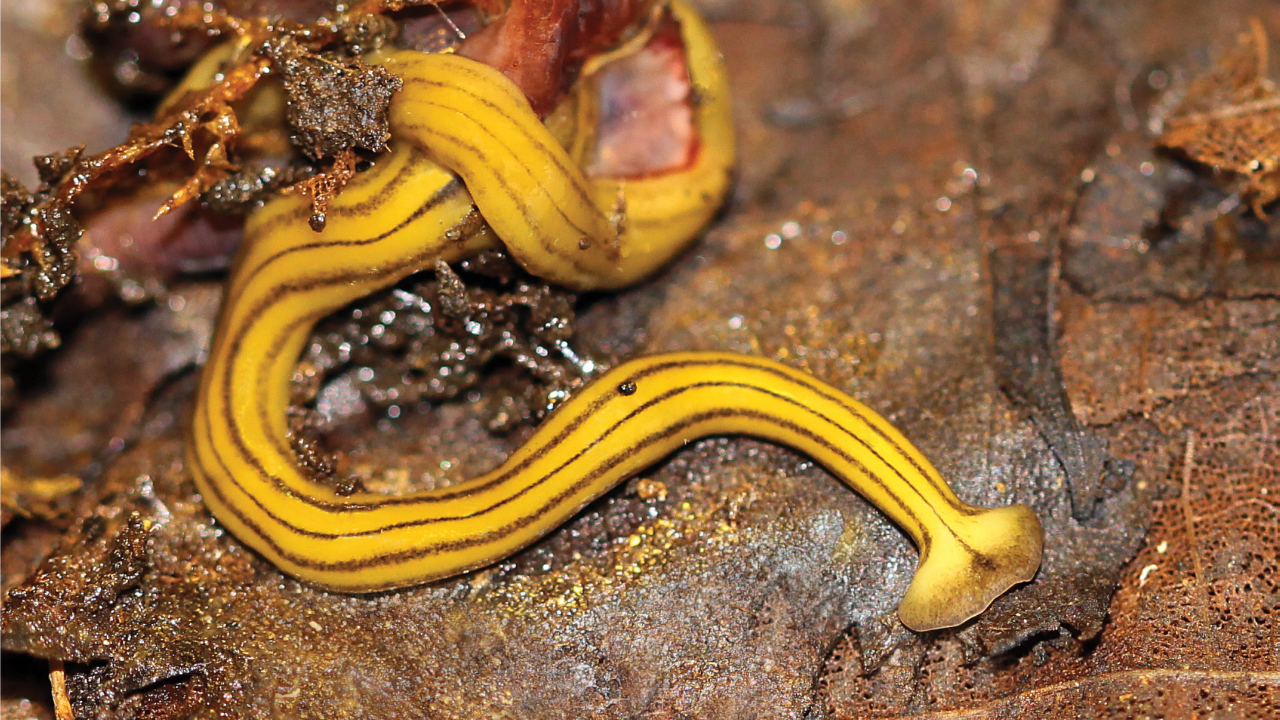
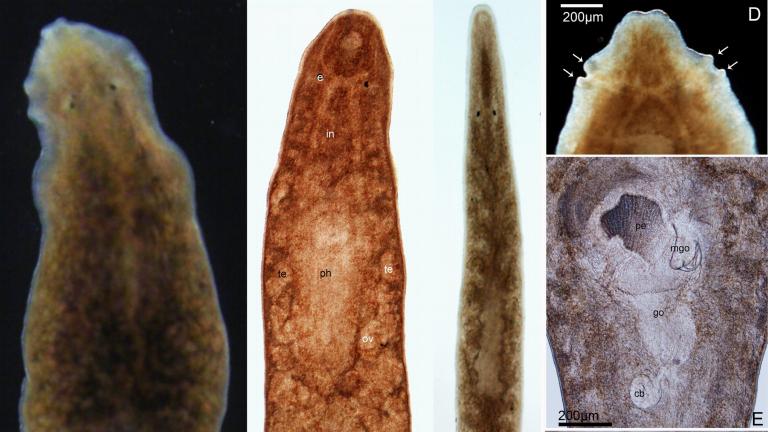
Mycareer
Starting out as a fledgling bird watcher at the age of seven years old, while rowing in my little boat among the marshes and meadows north of Amsterdam, I did eventually graduate at the University of Amsterdam, majoring in ornithology. However, at the end of my Master’s I came also across the group of triclad flatworms, to which I switched my scientific and professional attention. Although I will never cease watching birds, it dawned on me that invertebrates actually constitute the major part of biodiversity and that much remains to be discovered about their taxic diversity. And therefore I took on triclad flatworms as model organisms to study the evolution, phylogeny and biogeography of a selected group of invertebrate animals.
- MSc, University of Amsterdam: 23-IX-1981
- PhD, University of Amsterdam: 30-IX-1989
- Until 1st January 2012: Assistant Professor and Researcher at the Institute for Biodiversity and Ecosystem Dynamics and the Zoological Museum of the University of Amsterdam.
- From 1st January 2012 – 2nd August 2016: Assistant Professor and Researcher at Naturalis Biodiversity Center, Leiden
- From 2nd August 2016 - Present: Emeritus Senior Researcher & Research Associate at Naturalis Biodiversity Center, Leiden
Collaborationsand collections
Collaborations
Major research groups already cooperating with NBC on the study of triclad flatworms are: Max Planck Institute of Molecular Cell Biology and Genetics (Dresden, Germany); Departament de Genètica, Facultat de Biologia and Institut de Recerca de la Biodiversitat, Universitat de Barcelona (Barcelona, Spain); Museum of Comparative Zoology & Department of Organismic and Evolutionary Biology, Harvard University (Cambridge, USA); University of Sassari (Sardinia, Italy).
Collections
Platyhelminthes, Tricladida.
